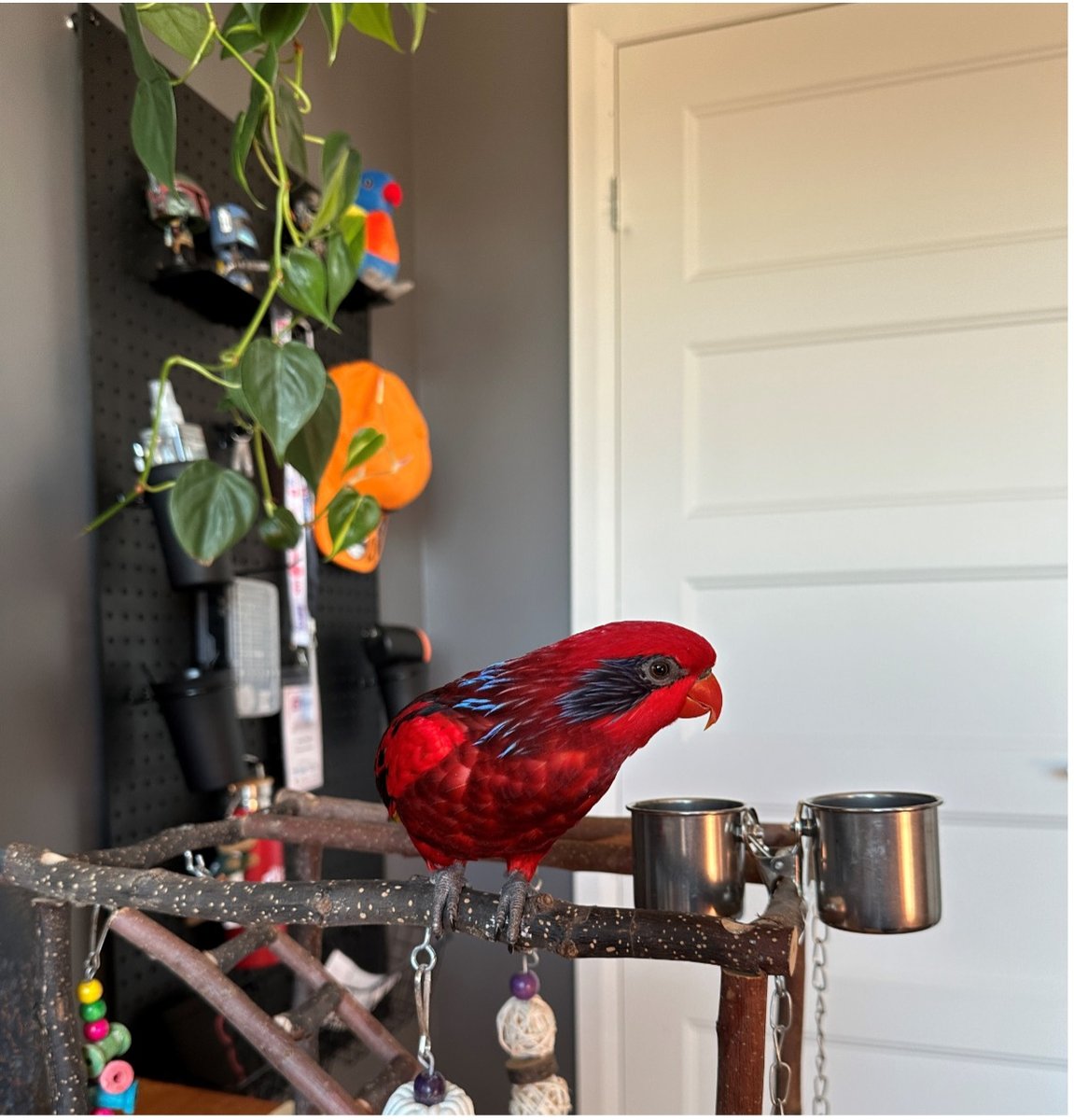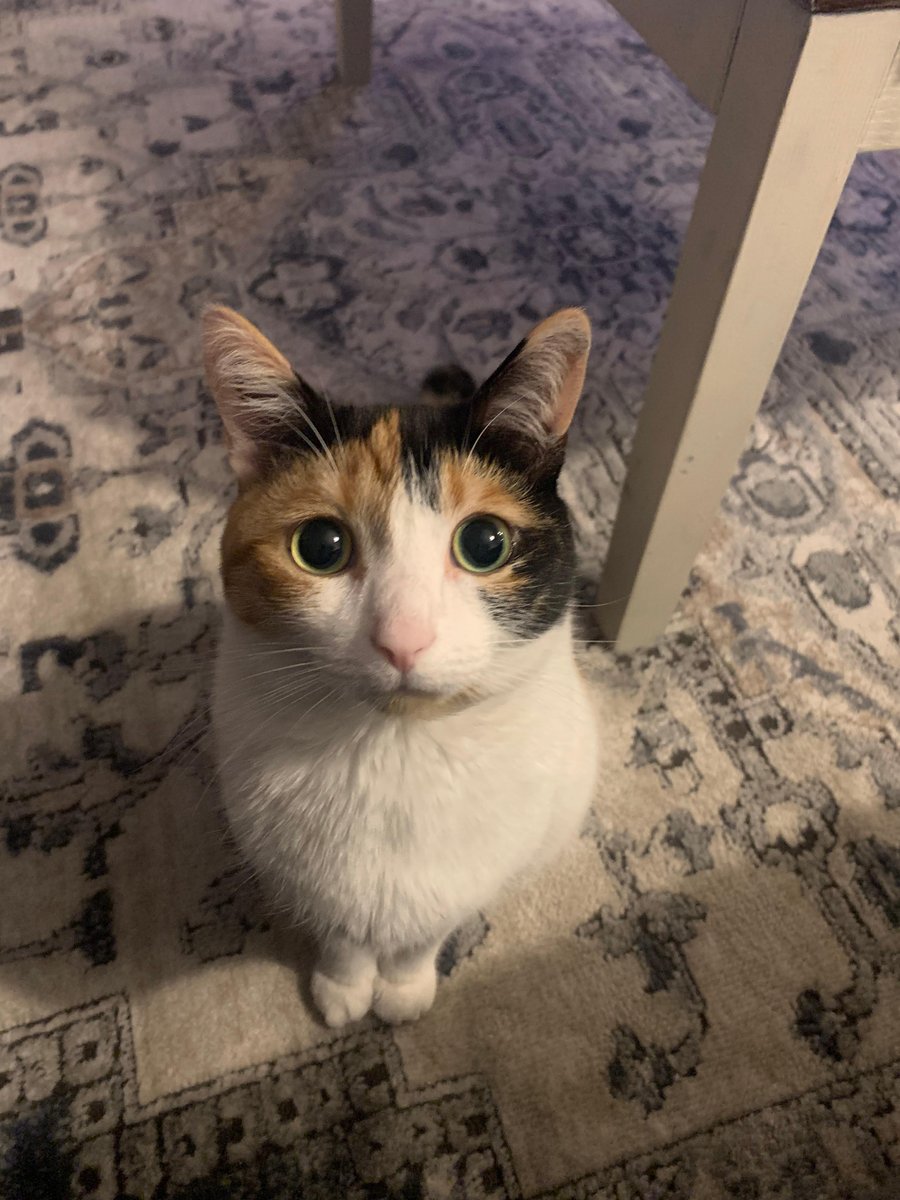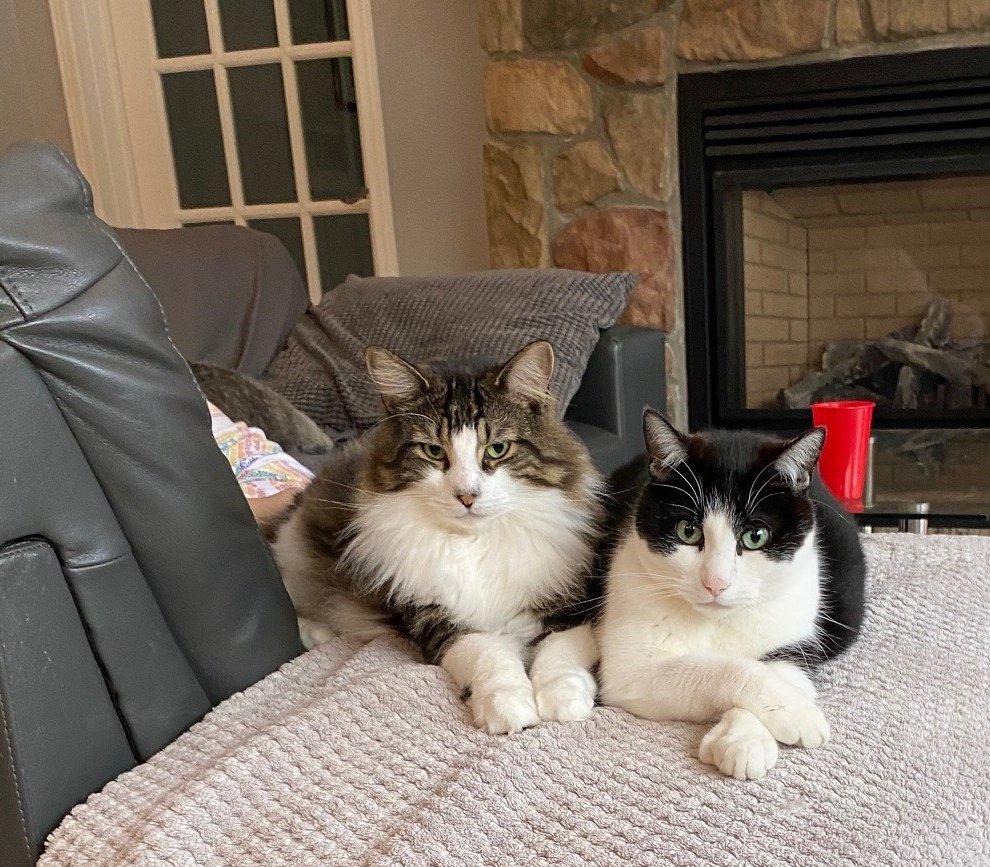

Meet the team

Jean-Philippe Thivierge
Role: Principal Investigator
Dr Thivierge received his Ph.D. from McGill University in 2006. He worked as a postdoctoral fellow at Indiana University before moving to the University of Ottawa where he is now a Full Professor of Psychology.
Our research focuses on computational and quantitative investigations of how the activity of synaptic circuits contributes to cognitive outcomes including perception, learning, memory, and decision making. Our lab uses a variety of techniques including large-scale simulations of neuronal dynamics and multi-electrode recordings in cortex and hippocampus.
There are currently two research axes in the lab: 1) Computer models of transcranial electric stimulation, and 2) Computer models of visual hallucinations induced by psychedelics.
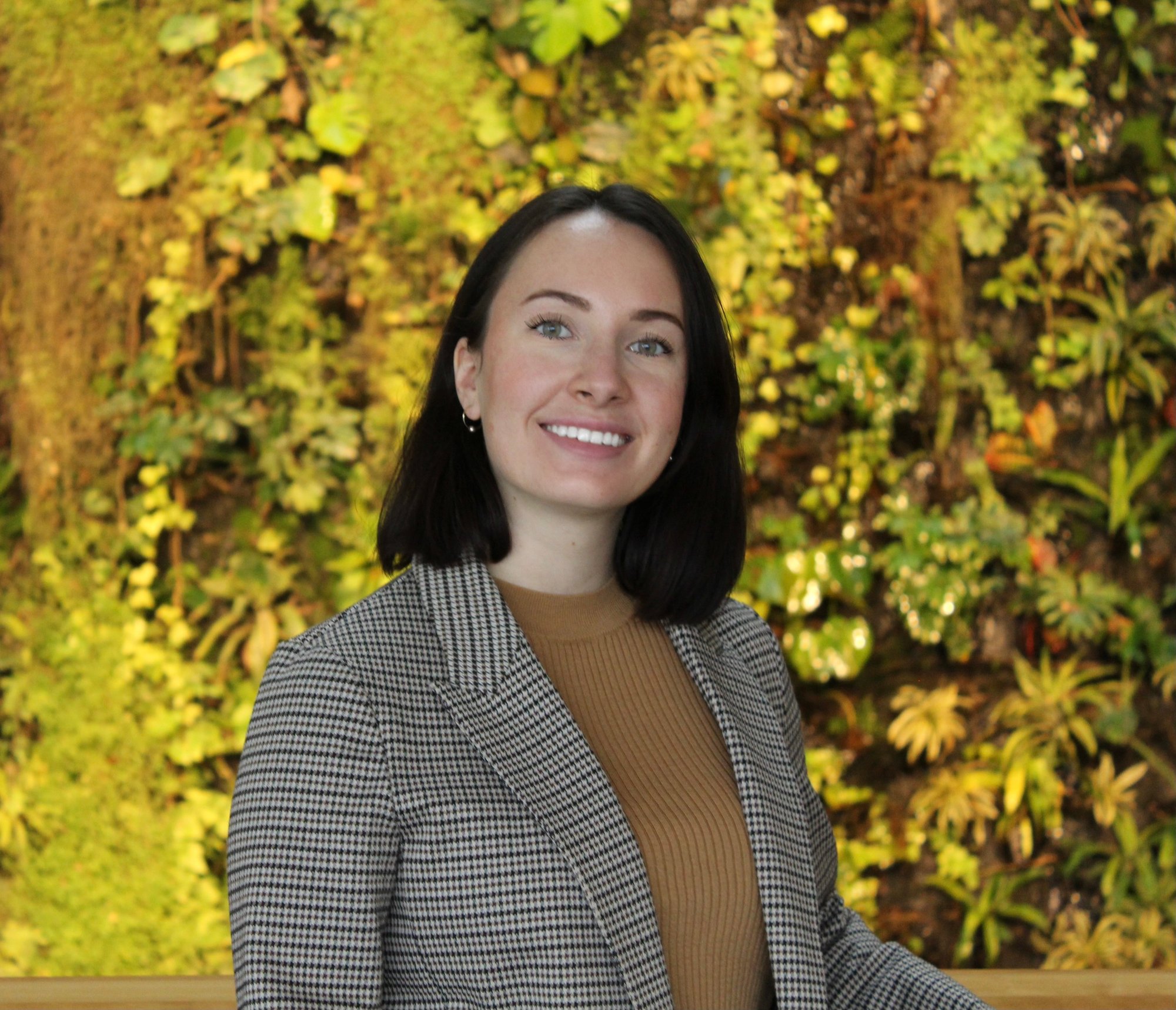
Camille Godin
Role: Graduate Student, PhD Experimental Psychology
Camille earned a B.A. with Honours in Psychology from Université de Moncton, followed by an M.A. in Psychology. Currently, her focus lies in modeling brain activity in response to transcranial electric stimulation (TES), with the goal of optimizing stimulation parameters for effective control of brain oscillations.
Camille is our current webmaster and is passionate about community involvement.
TES team: Kyla Schnitzler, Paitton-Lee Reese Hebert, Mara-Grace Xi Yu Ying Barrett, Lauren Lacelle, Isabelle Hetherington Bobby Penington.

Cynthia-Maria Kanaan
Role: Graduate Student, Master Experimental Psychology.
Cynthia earned a B.Sc. in Psychology with Honours from the University of Ottawa, where she is currently pursuing her M.A. in Experimental Psychology. Her research focuses on using advanced computational methods and AI tools to develop neural models that simulate brain activity and visual hallucinations induced by psychedelic substances. This work aims to advance our understanding of drug-brain interactions, with potential implications for clinical interventions and future research on altered states of consciousness in various contexts.
Psychedelic team: Colleen Matys, Catherine Laroche, Jessica Lambert, Aidan Mohamed, Iman Shamraiz.
Sayge Urban
Role: Undergraduate Honours Student
Sayge is currently a BA with Honours in Psychology student at the University of Ottawa completing her Honours Thesis. Her research focuses on neural epileptiform activity and biological computational modeling to produce simulations of epileptic brain waves. This work aims to advance our understanding of distinct brain wave activity in terms of neuroscience and artificial intelligence via a Complex Ginzburg Landau Equation (CGLE) model.
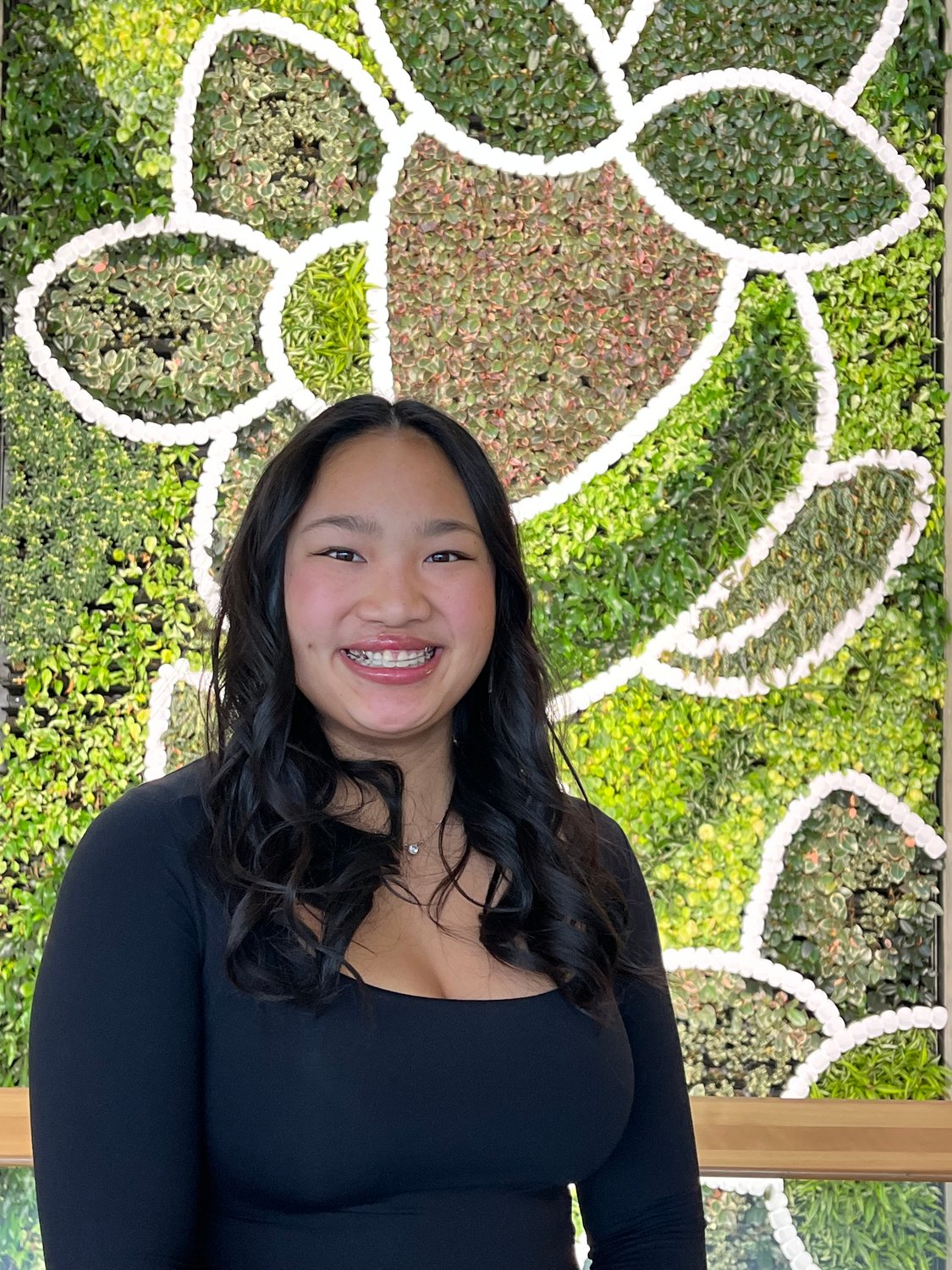
Mara-Grace Xi Yu Ying Barrett
Role: Undergraduate volunteer
Mara is currently a second year undergraduate student pursuing a BA with Honors in Psychology at University of Ottawa. She is interested in how research techniques can improved and change with the use of spiking neural networks and mean-field networks as alternatives to live animal labs. In addition, she aims to pursue a career in clinical pediatric neuropsychology, focusing on understanding and treating neurological and psychological disorders in children.
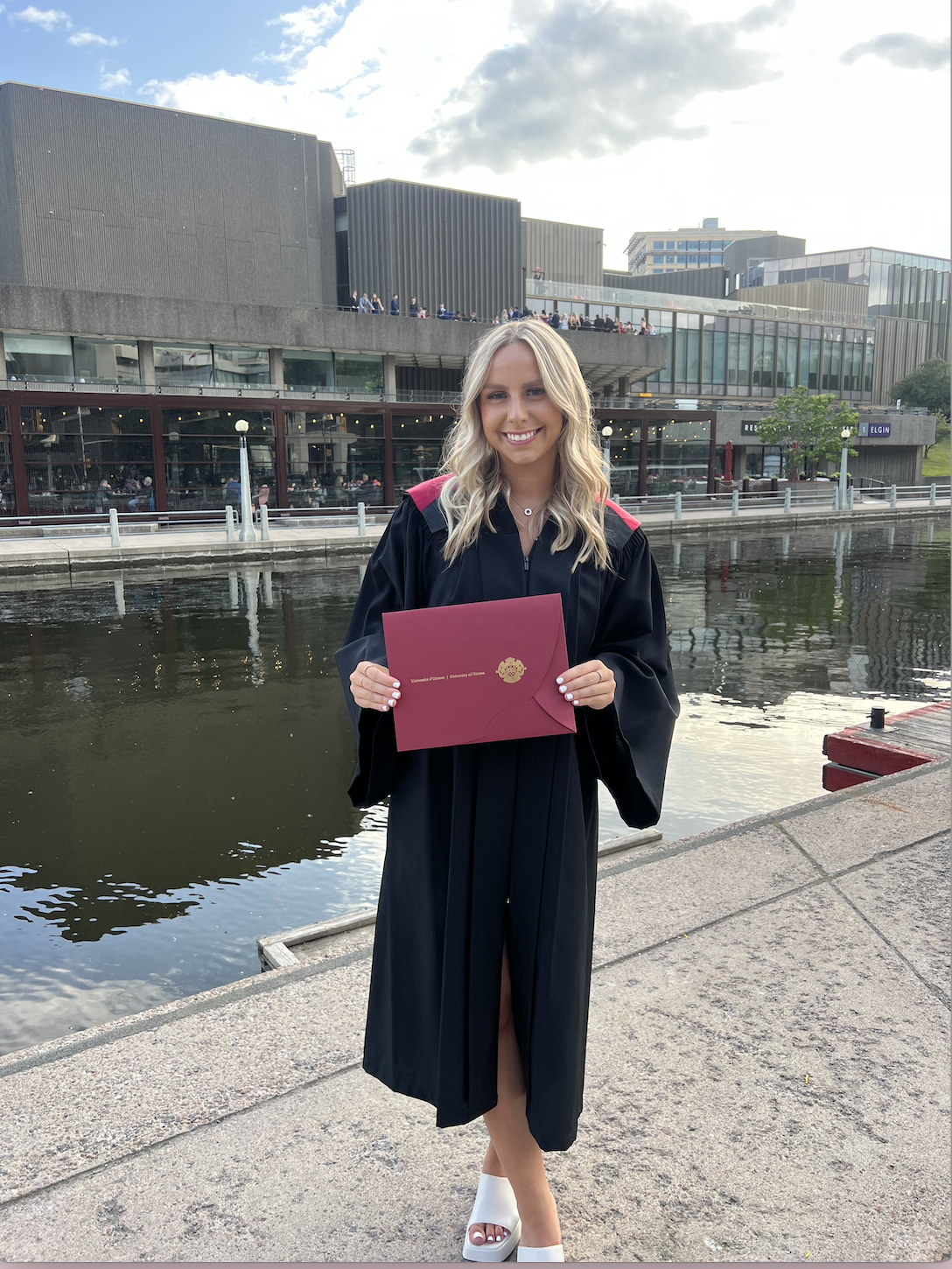
Catherine Laroche
Role: Undergraduate volunteer
Catherine is currently in her second year at Teacher’s College at the University of Ottawa, where she is preparing to become a secondary-level biology teacher. She also holds an undergraduate degree in Health Sciences with a minor in Psychology, both completed at uOttawa. Presently, she is engaged in research on the neuroscience of psychedelics, exploring mathematical models related to this field. Additionally, she is conducting literature reviews on brain oscillations and their associated activity. She hopes this research could also open doors to potential outcomes in medical school.
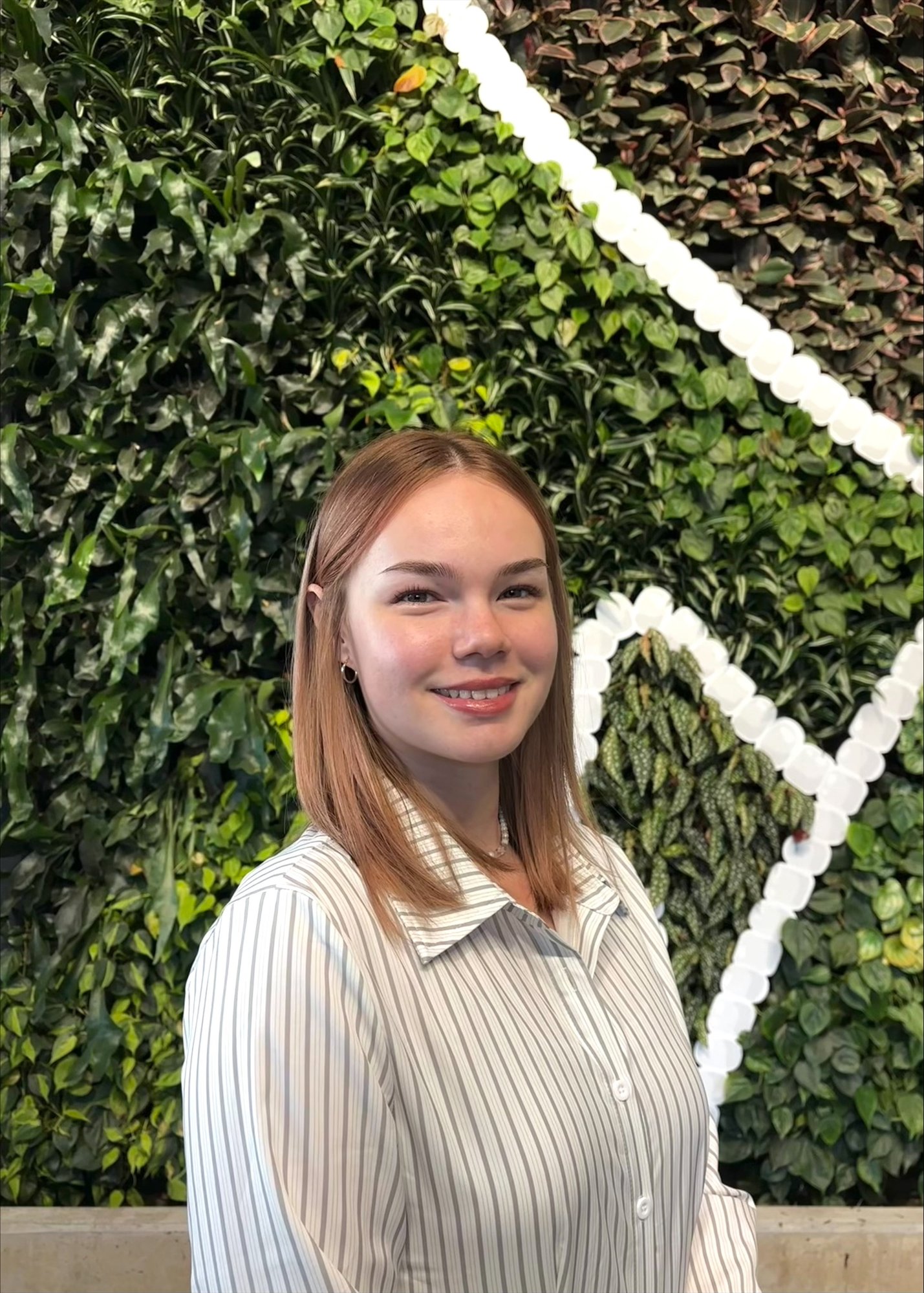
Paitton-Lei Reese Hebert
Role: Undergraduate volunteer
Paitton-Lei is a second-year BA Honours Psychology student at the University of Ottawa, with a strong interest in exploring how fMRI can be utilized as a diagnostic tool for neurodegenerative disorders. Her current research focuses on building and validating a Leaky Integrate-and-Fire model to investigate the effects of transcranial electric stimulation on brain activity.
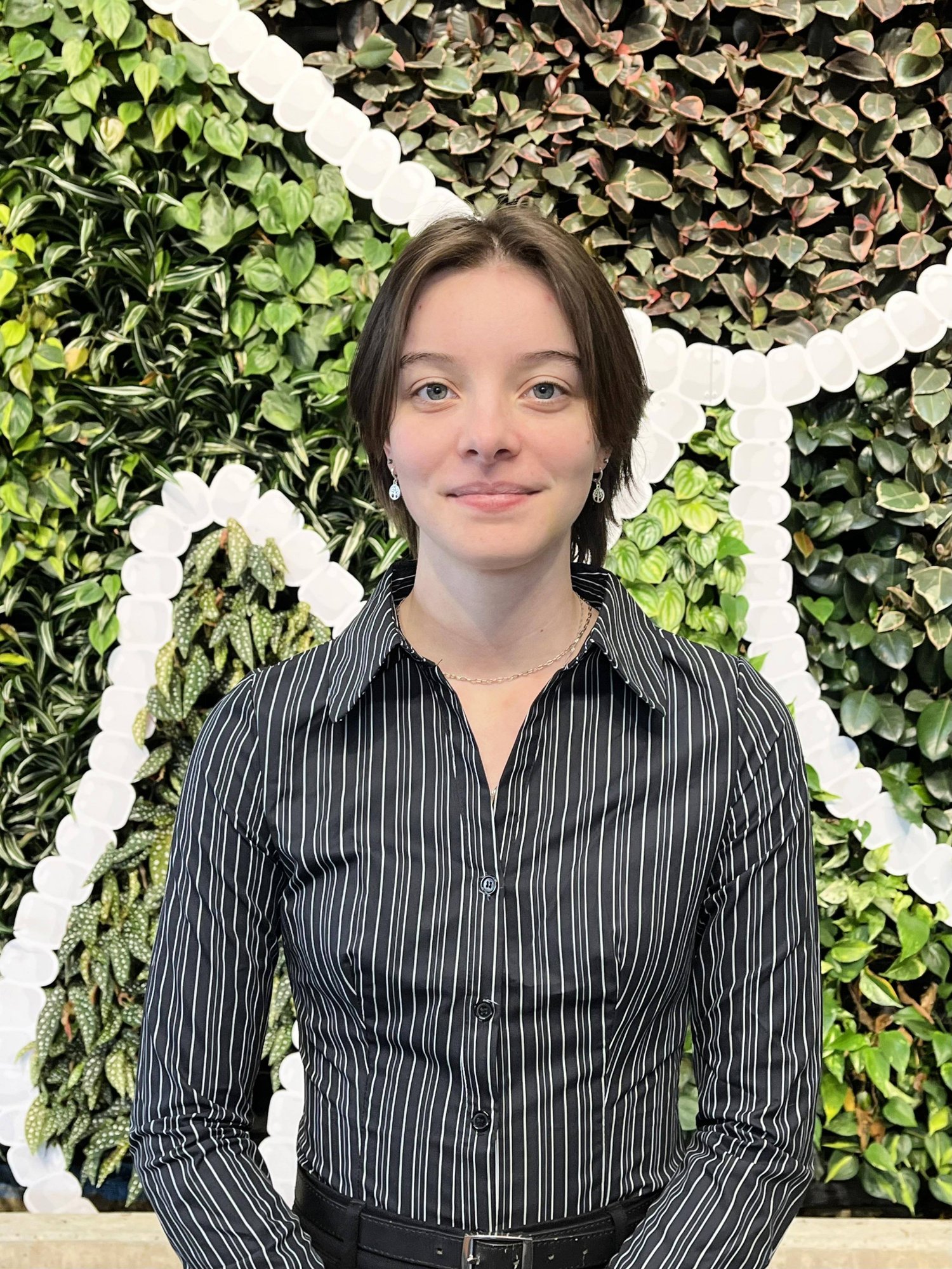
Isabelle Hetherington
Role: Undergraduate volunteer
Isabelle is currently in her second year at the University of Ottawa pursuing a BA in Psychology with Honours. She is interested in neuroplasticity, specifically how such a fascinating process can be involved in so many aspects of our day-to-day lives, from its role in learning to injury recovery. Currently, Isabelle is focused on tuning and validating a mean-field model of the Izhikevich SNN with the goal of finding a parameter combination that produces oscillations found within experimental data. In the future, Isabelle hopes to pursue graduate school and a career in research.

Colleen Matys
Role: Undergraduate volunteer
Colleen is a fourth-year undergraduate student in Honors Bachelor of Social Science in Conflict Studies and Human Rights with a minor in Psychology. Their current research interests are in the possible therapeutic benefits of psychedelics and the brain patterns of those with Obsessive Compulsive Disorder and the subsequent neural mechanisms connected to OCD.
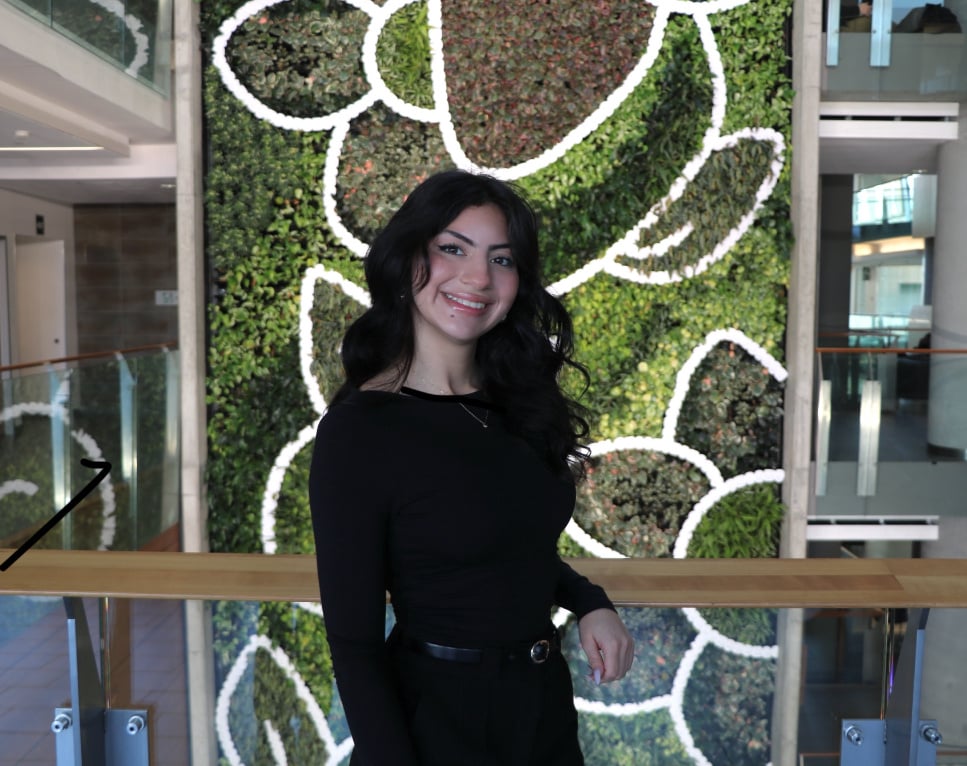
Salma Gomez Torres
Role: Undergraduate volunteer
Salma is a third-year undergraduate student pursuing a Bachelor of Arts (BA) degree in Psychology at the University of Ottawa. She has a deep passion for understanding the complexities of the human mind and devotes much of her time to exploring the current psychological literature of various disciplines. Her research interests focus on the neurological effects and potential therapeutic properties of psychedelics, such as LSD and psilocybin

Aidan Mohamed
Role: Applied research program
Aidan is a grade 12 student in the Applied Research program at Lisgar Collegiate Institute. They're interested in the applications of AI in psychedelic research, specifically in relation to patterns in visual hallucinations.
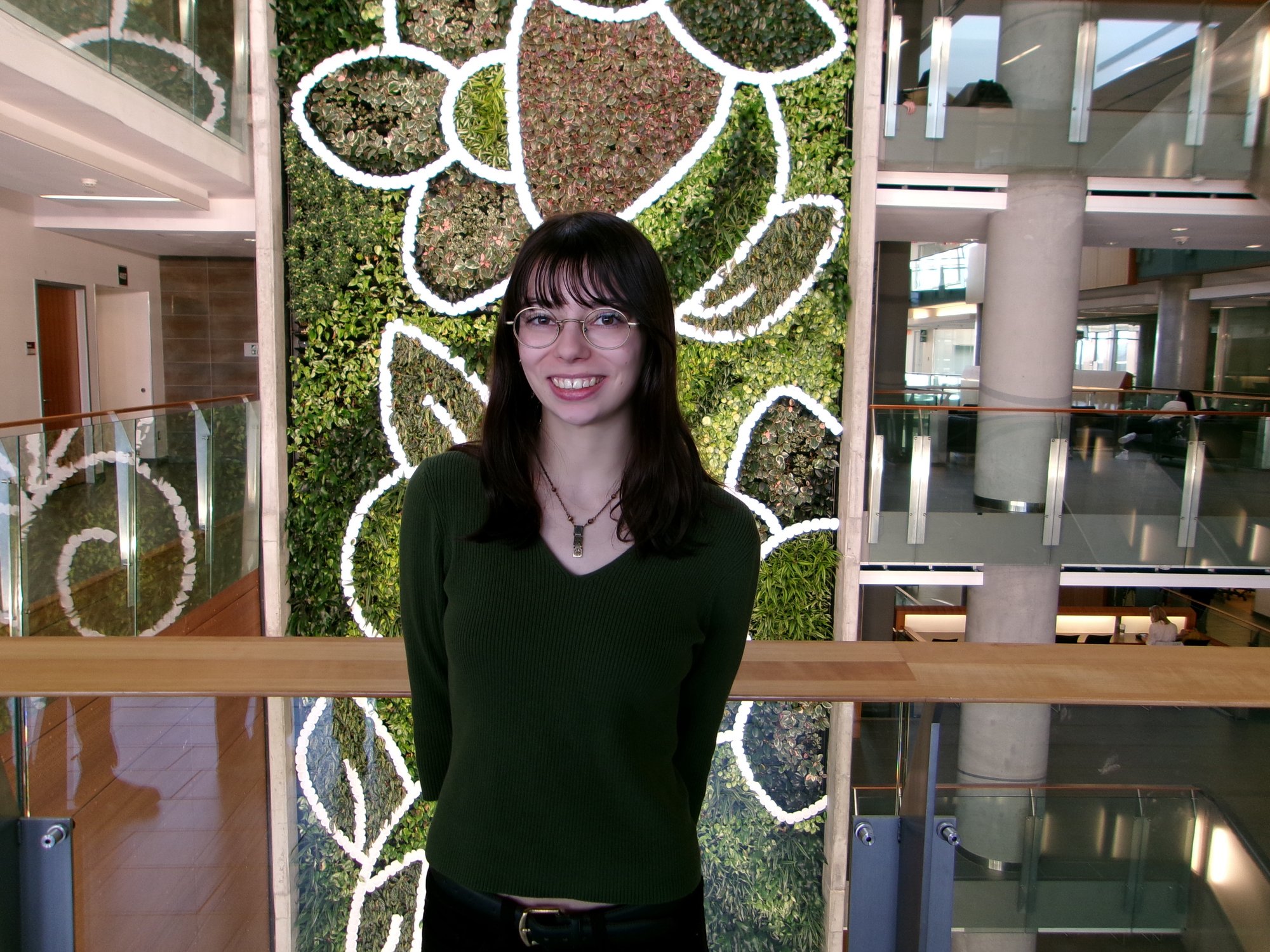
Jessica Lambert
Role: Undergraduate volunteer
Jessica is currently a fourth-year undergraduate pursuing a BA with Honors in Psychology at University of Ottawa. Her research interests include the study of psychopathology and community psychology.
Bobby Pennington
Role: Applied research program
Iman Shamraiz
Role: Undergraduate volunteer
Iman is currently a fourth-year undergraduate pursuing a BA with Honors in Psychology at University of Ottawa. Her research interests focus on psychopathology, emotional regulation, and behavioral neuroscience, particularly how emotional regulation deficits influence psychiatric disorders and the neural mechanisms driving emotional and behavioral responses
Publications by year
Pilzak, A., Calderini, M., Berberian, N., Thivierge, J.P. (2025). Role of short-term plasticity and slow temporal dynamics in enhancing time series prediction with a brain-inspired recurrent neural network. Chaos. [pdf]
Noura Elmawazini, Megan Boucher-Routhier, Gatete Queen Olea Umulinga, Jean-Philippe Thivierge. (2025). A Generative Adversarial Network for Data Augmentation of Ictal Waves from Multi-Electrode Brain Activity. ICMLAS Conference.
Pilzak, A., Thivierge, J.P. (2024). Improving Generalization in Convolutional Neural Networks with a Dynamic Attention Layer. CSDE Conference.
Boucher-Routhier, M., Szanto, J., Nair, V., Thivierge, JP. (2024). A high-density multi-electrode platform examining the effects of radiation on in vitro cortical networks. Scientific Reports.
Pilzak, A., Thivierge, J.P. (2024). Top-down backpropagation in deep feedforward neural networks. ICONIP 2024.
Asim Roy, Ali A Minai, Jean-Philippe Thivierge, Tsvi Achler, Juyang Weng. (2024). What AI and Neuroscience Can Learn from Each Other—Open Problems in Models and Theories. Cognitive Computation.
Thivierge JP (2024). Augmenting data from epileptic brain seizures using deep generative networks. Book Chapter. Applications of Generative AI. DOI : 10.1007/978-3-031-46238-2.
Thivierge JP (2023). Augmenting Data from Epileptic Brain Seizures Using Deep Generative Networks. Book Chapter. Applications of Generative AI. DOI : 10.1007/978-3-031-46238-2.
Boucher-Routhier, M., Thivierge, J.P. (2023) A deep generative adversarial network capturing spiral waves in disinhibited circuits of the cerebral cortex. BMC Neuroscience. [pdf]
J.P. Thivierge, Giraud, E., Lynn, M. (2023). Towards a brain-inspired theory of artificial learning. Cognitive Neurodynamics. [pdf]
Thivierge, J.P. Giraud, E., Lynn, M. Theberge Charbonneau, A. (2022) Key role of neuronal diversity in structured reservoir computing. Chaos. [pdf]
Pilzak, A., Thivierge, J.P. Generating robust convolutional networks by injecting noise in the training data. (2022). IEEE Asia-Pacific Conference on Computer Science and Data Engineering.
Boucher-Routhier, M., Pilzak, A., Theberge Charbonneau, A., Thivierge, J.-P. (2022). Learning to stabilize extreme neural machines with metaplasticity. International Joint Conference on Neural Networks. [pdf]
Krause, M.R., Vieira, P.G., Thivierge, J.P., Pack, C.C. (2022). tACS competes with ongoing oscillations for control of spike-timing in the primate brain. PLoS Biology, 20(5): e3001650. [pdf]
Pilzak, A., Thivierge, J.P. (2022). Estimating null and potent modes of feedforward communication in a computational model of cortical activity. Scientific Reports, 12, 742. [pdf]
Boucher-Routhier, M, Zheng, BLF, Thivierge, JP. (2021). Extreme neural machines. Neural Networks, 144, 639-647. [pdf]
Tauskela JS, Kuebler, ES, Thivierge, J-P, Aylsworth, A, Hewitt, M, Zhao, X, Mielke, JG, & Martina., M. (2021). Resilience of network activity in preconditioned neurons exposed to ‘stroke-in-a-dish’ insults. Neurochemistry International, 146, 105035.[pdf]
2014
Lajoie, G., Thivierge, J.P., Shea-Brown, E. (2014). Structured chaos shapes joint spike-response noise entropy in temporally driven balanced networks. Frontiers in Computational Neuroscience 8. [pdf]
Thivierge, J.P. (2014). Scale-free and economical features of functional connectivity in neuronal networks. Physical Review E 90, 022721. [pdf]
Kuebler, E.S., Thivierge, J.P. (2014). Spiking variability: Theory, measures, and implementation in MATLAB. Quantitative Methods for Psychology 10, 131-142. [pdf]
Thivierge, J.P., Comas, R., & Longtin, A. (2014). Attractor dynamics in local neuronal networks. Frontiers in Neural Circuits 8, 22. [pdf]
Langlois, D., Cousineau, D., Thivierge, J.P. (2014) Maximum likelihood estimators for truncated and censored power law distributions show how neuronal avalanches may be misevaluated. Physical Review E 89, 012709. [pdf]
2013
Zunini, R.A.L., Thivierge, J.P., Kousaie, S., Sheppard, C., Taler, V. (2013). Alterations in Resting-State Activity Relate to Performance in a Verbal Recall Task. PLoS ONE, 8, e65608. [pdf]
Vincent, K., Tauskela, J.S., Mealing, G.M., Thivierge, J.P. (2013). Altered network communication following a neuroprotective drug treatment. PLoS ONE, 8, e54478. [pdf]
Kuebler, E.S., Bonnema, E., McCorriston, J., Thivierge, J.P. (2013). Stimulus Discrimination in Networks of Spiking Neurons. Proceedings of the IEEE International Joint Conference on Neural Networks. 1-8. [pdf]
2012
Vincent, K., Tauskela, J.S., Thivierge, J.P. (2012). Extracting functionally feedforward networks from a population of spiking neurons. Frontiers in Comput Neurosci, 6, 1-12. [pdf]
Thivierge, J.P., Minai, A., Siegelmann, H., Alippi, C., Geourgiopoulos, M. (2012). A year of neural network research. Neural Networks, 32, 1-2. [pdf]
Thivierge, J.P., Dandurand, F., Cousineau, D. (2012). A multi-state model of cortical memory. Proceedings of the IEEE International Joint Conference on Neural Networks, pp.133-138. [pdf]
2011
Rubinov, M., Sporns, O., Thivierge, J.P., Breakspear, M. (2011). Neurobiologically realistic determinants of self-organized criticality in large networks of spiking neurons. Public Library of Science: Computational Biology, 7, e1002038. [pdf]
Thivierge, J.P., & Cisek, P. (2011). Spiking neurons that keep the rhythm. Journal of Computational Neuroscience, 30, 589-605. [pdf]
2010
Arnall, S., Cheam, L.Y., Smart, C., Rengel, Fitzgerald, L., Thivierge, J.P., Rodger, J. (2010). Abnormal strategies during visual discrimination reversal learning in ephrin-A2-/- mice. Behavioral Brain Research, 209, 109-113. [pdf]
Honey, C.J., Thivierge, J.P., & Sporns, O. (2010). Can structure predict function in the human brain? Neuroimage, 52, 766-776. [pdf]
Thivierge, J.P. (2010). Computational developmental neuroscience: Capturing developmental trajectories from genes to cognition. IEEE Transactions on Autonomous Mental Development, 2, 51-58.[pdf]
2009
Thivierge, J.P. (2009). How does non-random spontaneous activity contribute to brain development? Neural Networks, 22, 901-912. [pdf] Covered in New Scientist.
2008
Thivierge, J.P. (2008). Neural diversity creates a rich repertoire of brain activity. Communicative & Integrative Biology, 1. [pdf]
Shultz, T.R., Thivierge, J.P., & Laurin, K. (2008). Modeling the Characteristic-to-defining Features Shift in Concept Acquisition. Proceedings of the Annual Meeting of the Cognitive Science Society. 531-536. [pdf]
Tauskela, J.S., Fang, H., Hewitt, M., Brunette, E., Ahuja, T., Thivierge, J.P., Comas, T., & Mealing, G.A. (2008). Elevated synaptic activity preconditions neurons against an in vitro model of ischemia. Journal of Biological Chemistry, 283, 34667-34676. [pdf]
Thivierge, J.P., & Cisek, P. (2008). Non-periodic synchronization in heterogeneous networks of spiking neurons. Journal of Neuroscience, 28, 7968-7978. With cover illustration. [pdf]
Thivierge, J.P. (2008). Higher derivatives of ERP responses to cross-modality processing. Neuroinformatics, 6, 35-46. [pdf]
2007
Thivierge, J.P. (2007). Functional Data Analysis of Cognitive Events in EEG. Proceedings of the IEEE International Conference on Systems, Man and Cybernetics, 2473-2478. [pdf]
Thivierge, J.P., & Balaban, E. (2007). Getting into shape: Optimal ligand gradients for axonal guidance. BioSystems, 90, 61-77. [pdf]
Shultz, T.R., Rivest, R., Egri, L., Thivierge, J.P., & Dandurand, F. Could knowledge-based neural learning be useful in developmental robotics? The case of KBCC. (2007). International Journal of Humanoid Robotics, 4, 245-279. [pdf]
Thivierge, J.P., & Marcus, G.F. (2007). The Topographic Brain: From Neural Connectivity to Cognition. Trends in Neurosciences, 30, 251-259. [pdf] With cover illustration.
Thivierge, J.P., Rivest, F., & Monchi, O. (2007). Spiking neurons, dopamine, and plasticity: Timing is everything, but concentration also matters. Synapse, 61, 375-390. [pdf]
2006
Shultz, T. R., Rivest, F., Egri, L., & Thivierge, J. P. (2006). Knowledge-based learning with KBCC. Proceedings of the International Conference on Development and Learning. Department of Psychological and Brain Sciences, Indiana University, Bloomington, IN. [pdf]
Thivierge, J.P., & Marcus, G.F. (2006). Computational Developmental Neuroscience: Exploring the Interactions Between Genetics and Neural Activity. Proceedings of the IEEE International Joint Conference on Neural Networks, 9380-9388. [pdf]
2005
Thivierge, J.P., Titone, D., & Shultz, T.R. (2005). Simulating frontotemporal pathways involved in lexical ambiguity resolution. In B.G. Bara, L. Barsalou, & Bucciarelli, M. (Eds). Proceedings of the Annual Meeting of the Cognitive Science Society. (pp.2178-2183). [pdf]
Thivierge, J.P., & Balaban, E., (2005). Faithful retinotopic maps with local optimum rules, axonal competition, and hebbian learning. Proceedings of the IEEE International Joint Conference on Neural Networks, 2760-2765. [pdf]
Thivierge, J.P., Shultz, T.R., & Balaban, E. (2005, conference proceedings). A unified model of thalamocortical axon guidance. Proceedings of the AAAI Annual Conference. (pp.3-14). [pdf]
2000-2004
Thivierge, J.P., Dandurand, F., & Shultz, T.R. (2004). Transferring domain rules in a constructive network: Introducing RBCC. Proceedings of the IEEE International Joint Conference on Neural Networks. 1403-1409. [pdf]
Thivierge, J.P., & Shultz, T.R. (2003). Information networks with modular experts. M.H. Hamza (Ed.) Proceedings of the IASTED Conference on Artificial Intelligence and Applications. (pp. 753-758). Zurich. [pdf]
Thivierge, J.P., Rivest, F., & Shultz, T.R. (2003). A dual-phase technique for pruning constructive networks. Proceedings of the IEEE International Joint Conference on Neural Networks. (pp. 559-564). [pdf]
Thivierge, J.P., & Shultz, T.R. (2002). Finding relevant knowledge: KBCC applied to DNA splice-junction determination. Proceedings of the IEEE International Joint Conference on Neural Networks, pp. 1401-1405. [pdf]
Thivierge, J.P., Plowright, C.M.S., & Chan, T. (2002). Visual recognition of half-patterns by bumblebees. Journal of Behavioral Processes, 59, 185-191. [pdf]
Plowright, C.M.S., Landry, F., Church, D., Heyding, J., Dupuis-Roy, N., Thivierge, J.P., & Simonds, V. (2000). A change in orientation: Recognition of rotated patterns by bumblebees. Journal of Insect Behavior, 14, 113-127. [pdf]
Lab alumni
A list of past lab members (previous 5 years)
2024 - Artem Pilzak, PhD experimental psychology (defended December 2023).
2024- Megan Boucher-Routhier, PhD experimental psychology (defended July 2023).
2024 - Tephnie Beau de Rochars, Honors thesis student
2024 - Epueoghena Iluebber, Undergraduate research assistant
2023 - Eloise Giraud, PhD experimental psychology
2023 – Quifeng Zhu, visiting scientist, Department of Information Engineering, Suzhou City University
2022 - Judy Chékiée, undergrad lab volunteer
2021- Anny Samake, undergrad directed research, summer term
2020- UROP student: Habib Najjar
2020- Honours student: Bill Ling Feng Zhang
ComBiNe Lab's Pet Gallery

